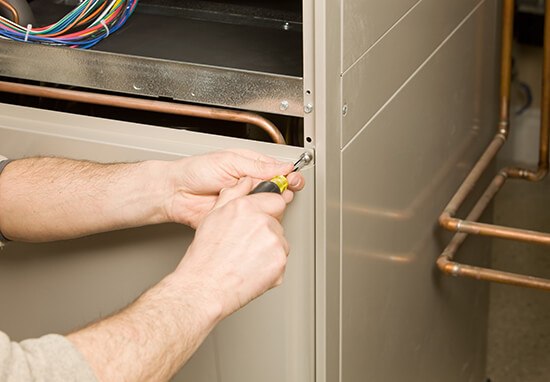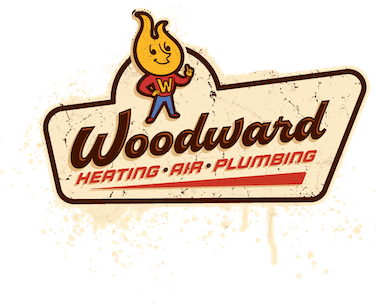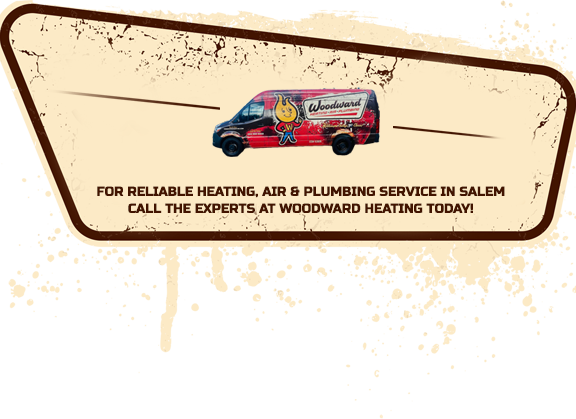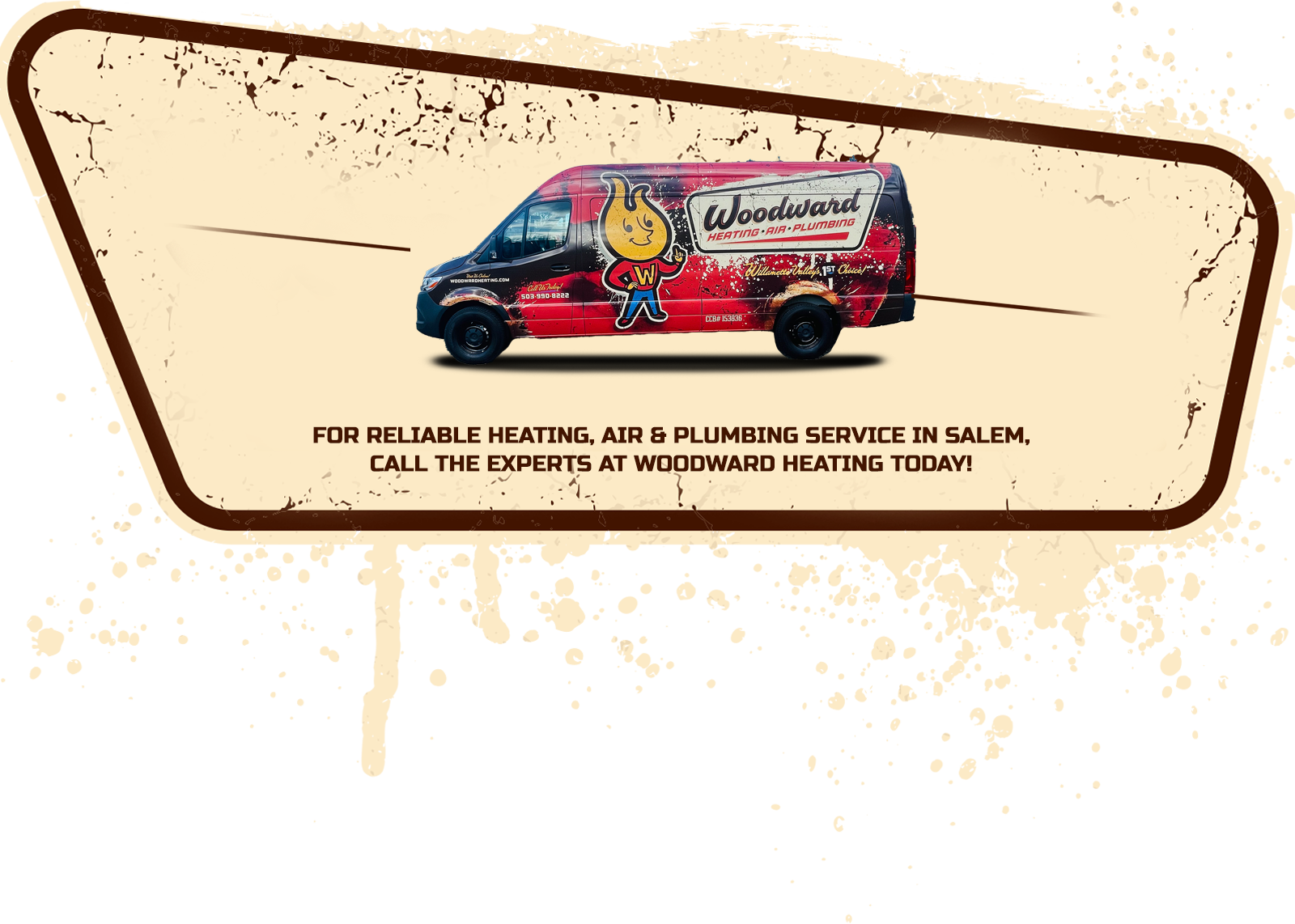
Your home furnace has a life expectancy of around 15-20 years, and you might get many additional years of service if you schedule annual preventive maintenance visits with a licensed HVAC technician. Of course, it’s usually a better idea to replace an older furnace that’s approaching the end of its expected operational life versus waiting for the unit to break down beyond repair. With so many choices, though, it’s understandable if you don’t know where to start!
Here’s a quick buying guide to help you make an informed furnace purchasing decision.
Are Furnace Brands Important?
In today’s competitive marketplace, most consumers are quite accustomed to hearing manufacturers make bold claims about the superiority of their products. The HVAC and home comfort system industry is highly competitive, and many companies have consolidated to keep their prices low. Companies now often manufacture furnaces in the same factory and release them under different brand names.
You might wonder why the companies don’t all simply release their products under a single label or brand to gain more market share. But the HVAC industry is generally unwilling to retire century-old brands and chooses instead to consolidate manufacturing operations as a cost-cutting measure. It can continue to release products backed by the goodwill created from trusted brands, and its loyal customers can continue to buy their products with confidence.
The important things to pay attention to are the furnace’s features and specifications. Most brands are now equivalent, and the only differences will be things such as the color and model number. You can generally assume that the different brands will be priced similarly, but you might be able to find more advantageous rebates and dealer incentives on comparable furnaces if you shop around.
What the Annual Fuel Utilization Efficiency Rating Means
The first term to learn is Annual Fuel Utilization Efficiency (AFUE), which is a measure of the percentage of heat generated by a furnace that actually heats the home. Standard furnaces are generally 80% efficient, and “high-efficiency” furnaces will have an AFUE rating of 90% or higher. Both types of furnaces have a primary heat exchanger that converts flue gas and the products of an exothermic reaction into usable heat for your home. A high-efficiency furnace has an additional heat exchanger known as a secondary heat exchanger that can improve the furnace’s AFUE rating up to as high as 98%. What this means is that practically every cent of your energy dollar goes directly toward your comfort.
Single-Stage Furnaces
A single-stage furnace is a furnace that has one output and no ability to regulate its temperature. An old single-stage furnace can only be turned on or off, and it isn’t a very flexible option if you and the members of your family prefer different temperatures. There are also certain times of year when you’ll want to run your furnace, but you might not want to run it on full blast.
Two-Stage Furnaces
A two-stage furnace is a furnace that adds a low setting of 60% to 70% of maximum output. In addition to giving you a little more flexibility with your household temperature, operating at the lower setting also means less wear and tear on the unit. A two-stage furnace will also require a blower that can modulate for each setting.
Variable-Speed Furnaces
A variable-speed furnace is the top-of-the-line furnace with the most options. It offers the same standard benefits of any single-stage or two-stage furnace, and it also has the ability to modulate up to as many as 100 heating outputs. These furnaces offer the quietest operation and best-in-class energy efficiency, and they’ll also often include advanced electronics that will notify you of service problems. They deliver real-time telemetry and diagnostic data to your smartphone or mobile device, too.
How to Make an Informed Furnace Purchase
An experienced professional furnace installer will ask you some questions during your in-home estimate to make qualified recommendations, and you will probably also have plenty of questions of your own. Here are a few questions that you’ll need to answer to make a smart buy.
1. How Long Will You Live in Your Home?
A variable-speed modulating furnace is an excellent long-term investment in your family’s comfort, but you’re probably not going to reap the benefits very much if you’re likely to be moving out of state in a few years. Higher-efficiency equipment can definitely pay long-term dividends if you’re planning to stay in your current home for 10 years or more.
2. Are You Replacing Both the Furnace and the A/C Unit?
Your furnace and HVAC system will need to be compatible, and replacing both systems at the same time will lower your labor costs. If you’re only replacing your furnace, be sure that the furnace that you buy is fully compatible with your existing HVAC system.
3. One-Story Home or Two?
A small single-level home is less likely to have big differences in temperature throughout the home and might not justify the additional expense of modulating technology. On the other hand, a larger home can really benefit from the flexibility that a variable-speed modulating furnace has to offer.
4. Does Your Home Have Hot and Cold Spots?
Dual-stage or variable-speed equipment can help you solve unique problems with hot spots and cold spots in the home. Some of those issues might also be improved by upgrading or replacing windows or insulation, but a high-efficiency furnace with modulating technology can be particularly effective.
5. Will You Need All Those Features?
Modulating equipment offers a lot of flexibility for homeowners who run the furnace all yearlong, but it doesn’t offer as much value if you only run the furnace during the coldest winter months. A two-stage or modulating furnace gives you a lot of options, but be sure not to spend your money on features that you don’t intend to use.
Woodward Heating Air Plumbing has been offering quality furnace and HVAC installation, maintenance and repair services in Salem, OR, and the surrounding areas since 1989. We’re a phone call away when you have any questions about your furnace or if you’re considering buying a new furnace for your home. You have many great furnace models to choose from and owe it to yourself to find furnace and HVAC professionals you can trust with the installation and service.
We carry quality furnaces and HVAC systems from the top brands in the industry, and we’re also happy to help you find rebates and dealer incentives to maximize your savings. We have experienced HVAC technicians in the Beaver State, and we bill for all of our HVAC and heating repair and installation services using standard labor rate schedules.
Contact Woodward Heating Air Plumbing today to learn more about furnaces or to schedule a service appointment for professional heating and air conditioning service in Salem or Marion County! We offer gas piping and indoor air quality services as well.





